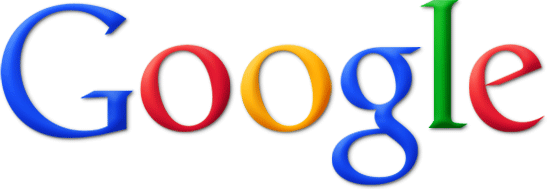Or is it Doctor Google ?
Either you are a lover or a hater of all things Google. Google however has some things right. It is a platform of interconnectivity for workflow and also social media use. The Google Apps cover a wide range of functions
In adopting EMR, HIT workflow becomes a critical component of your day. In the past year I have gradually adopted Google apps as a central core for my operations. While not perfect it is cheap, runs on the cloud which can be an asset or a liability, and is also available to most of my contacts.
The most useful apps I find are Gmail, Google Search, YouTube videos, Chrome and it’s menu of apps (developed by countless open source programmers) and featured as plug ins. From a user standpoint this is exceptionally functional for many reasons I will go into a bit later.
You can seek out more details on the Google Apps page.
A particularly strong point is the chrome/android OS connection which brings mobile health applications to the same playing field. The variety of functions extends to Google voice, and social media. Google +, although late to the social media niche has some unique features which include tight integration with mail, video, and maps,
For the future, first it was ‘Big Search’ and now it will be ‘Big Data’ Google has the resources and skills to develop analytics to extract the information that HHS and CMS and others want so badly to manage health care and improve outcomes.
Google even interfaces with mHealth and ph8ysicians as well as hospitals should learn how business uses smartphone technology to serve consumers and patients.
ThinkwithGoogle.com offers knowledge of how mobile is used, much of which applies to mobile health applications
Digital Matters in health choices, where to find a doctor,
What are the treatment options?
Where are centers of excellence or what hospital has the best outcome,least cost and more.
The strength of all these is that it is open source software and it can be integrated with other open source applications at relatively little expense unlike proprietary systems currently dominating electronic health.
In an era of health reform focused on reducing costs it would be foolish to add prohibitively expensive information technology when other means are available.
Almost all of the above has no cost, other than thin client hardware. It operates in the cloud.
The very agencies and regulatory bodies have done little if anything to allow time and market pressure to develop an efficient and user friendly system.
Those who make the rules should also follow them.


No comments:
Post a Comment